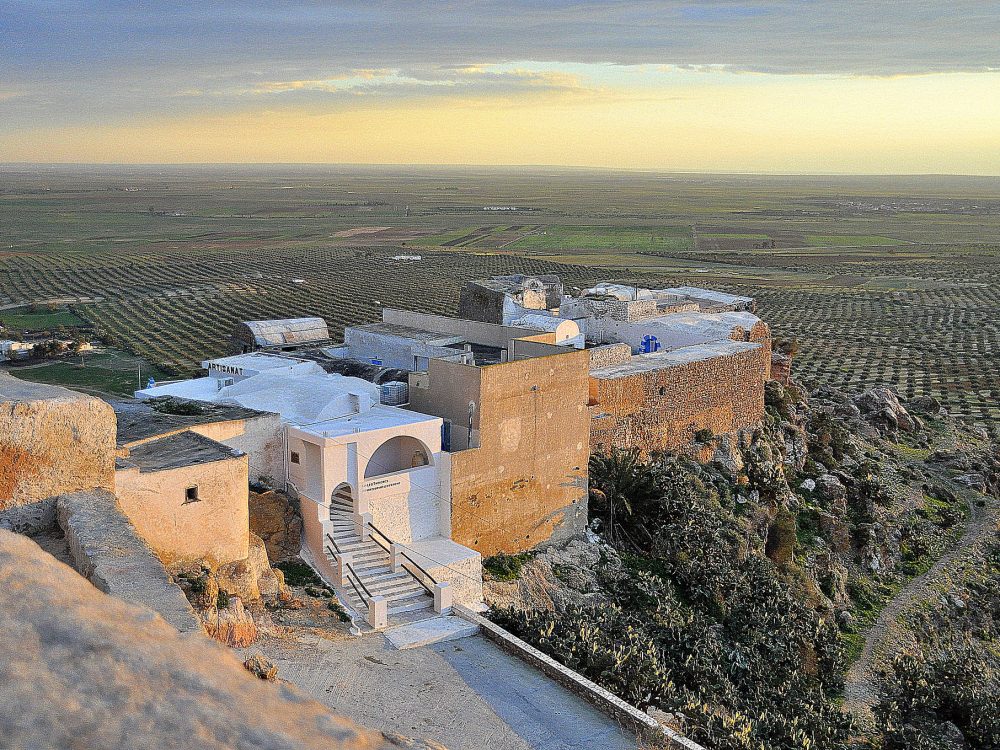Where Does $1 Billion in Official Development Assistance Go in Nepal?
On April 16, the Nepal Ministry of Finance (MoF) formally launched its second-annual Development Cooperation Report (DCR) for fiscal year 2012. The DCR, which aggregates and analyzes information from the Nepal Aid Management Platform (AMP), dissects and displays for the public how $US 1 billion in development assistance – representing 26% of the national budget – was used in Nepal over the past year.
The report illustrates which donors gave the most (World Bank), how much funding each district receives (Lamjung gets the most), aid by sector (education is first), and how much aid is given on-budget vs. off-budget (77% vs. 23%). Data are presented in various graphs, visuals, and maps to help readers digest the facts. The DCR should satisfy many of the demands for aid information requests from other government ministries, media, academia, donors, and the general public. The MoF will also launch a public AMP portal in May 2013 which will make all AMP data publicly available via the MoF website.
Media in Kathmandu quickly highlighted and commented upon the most salient points from the DCR – see relevant articles here and here. We expect many more such articles in coming months.
Development Gateway commends the MoF on an excellent report and is pleased to see AMP data and tools used for high-exposure information sharing. DG staff attended the launch and was asked by the Minister of Finance to “share this DCR with the world.” We gladly tout the DCR here as a strong example of how aid information should be used to enhance accountability and incentivize effectiveness.
Share This Post
Related from our library

How useful is AI for development? Three things we learned from conversations with development experts
The development world is buzzing with excitement over the idea that new and emerging applications of artificial intelligence (AI) can supercharge economic growth, accelerate climate change mitigation, improve healthcare in rural areas, reduce inequalities, and more. But what does this look like in real life?

The Future of Technology Governance and Global Development: Why DG Brought DataReady In-house
DG is excited to announce we now have more robust data governance advisory services with the recent integration of DataReady.

At a Glance | Tracking Climate Finance in Africa: Political and Technical Insights on Building Sustainable Digital Public Goods
In order to combat the effects of climate change, financing is needed to fund effective climate fighting strategies. Our white paper, “Tracking Climate Finance in Africa: Political and Technical Insights on Building Sustainable Digital Public Goods,” explores the importance of climate finance tracking, common barriers to establishing climate finance tracking systems, and five insights on developing climate finance tracking systems.